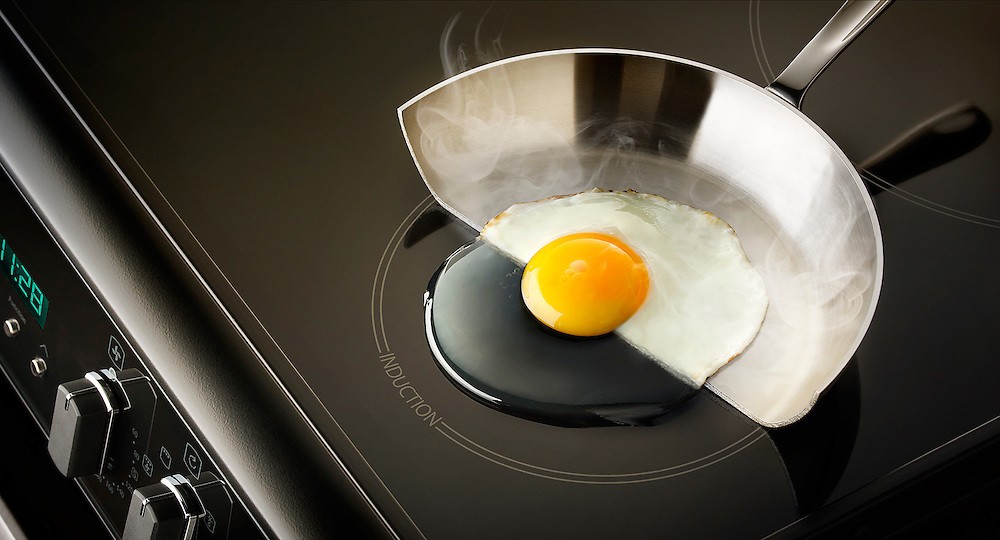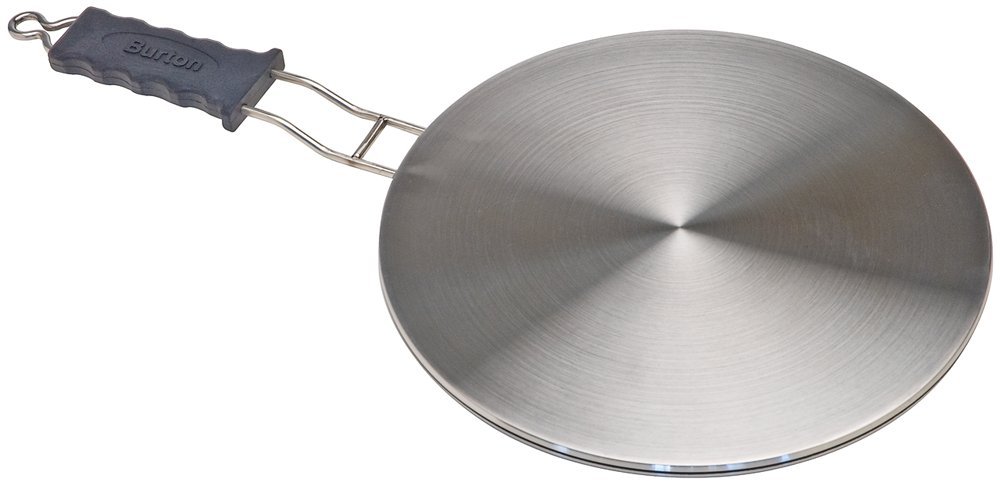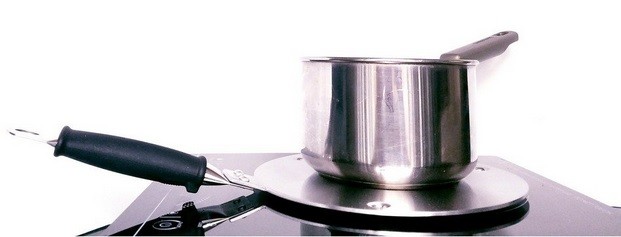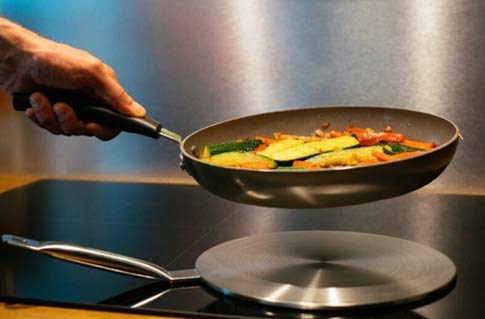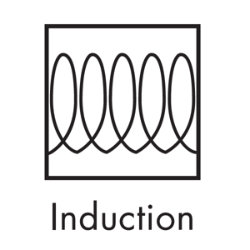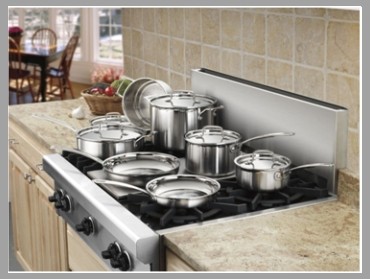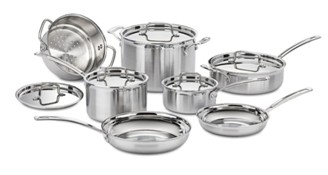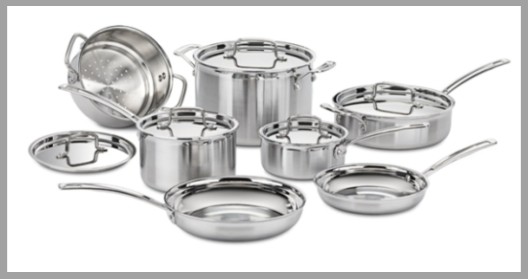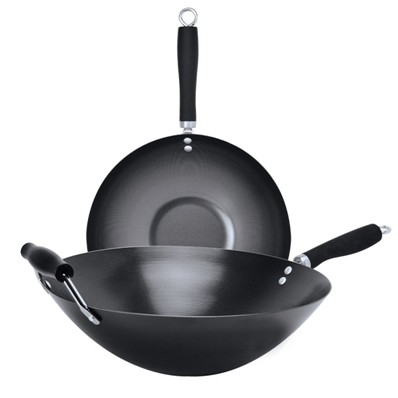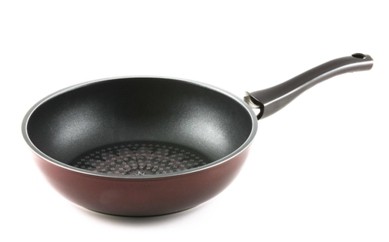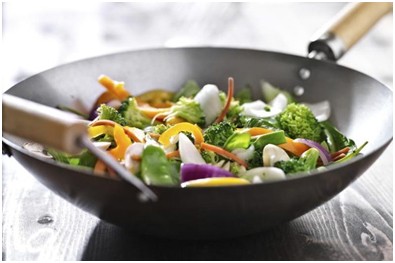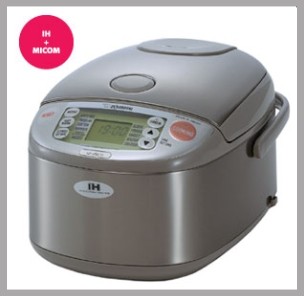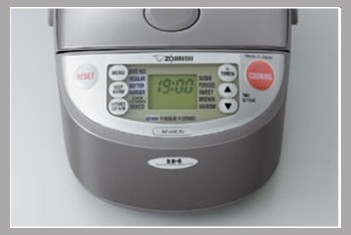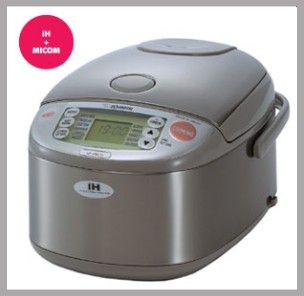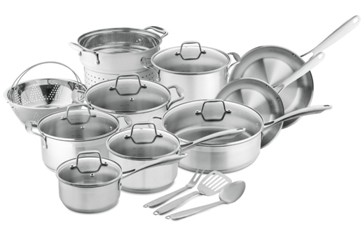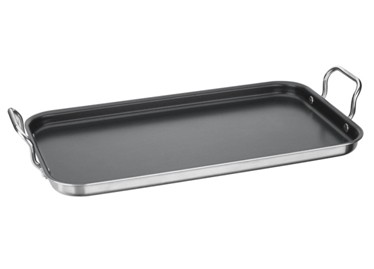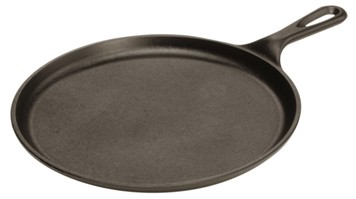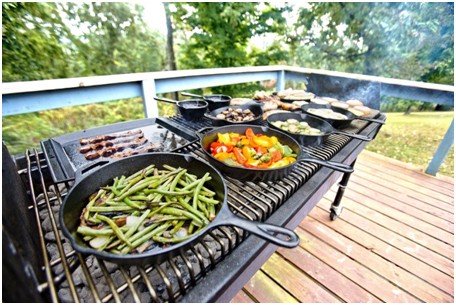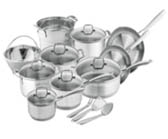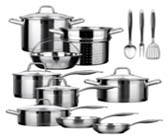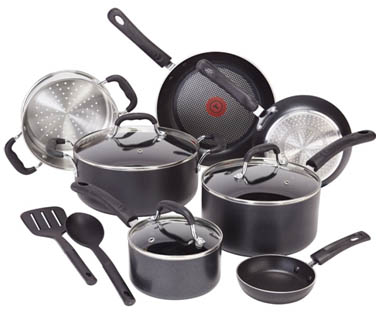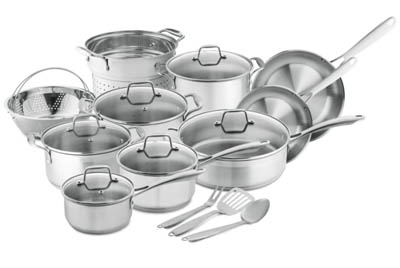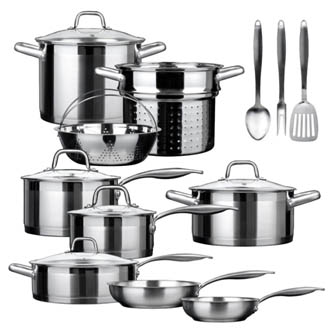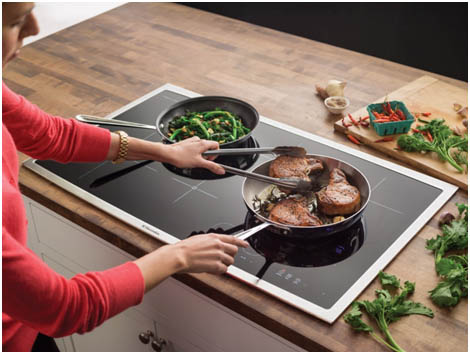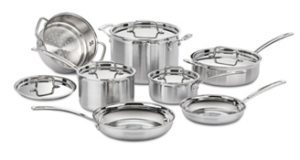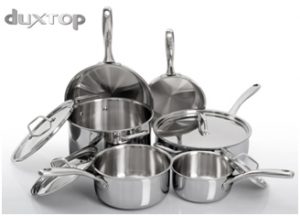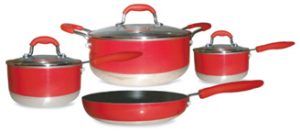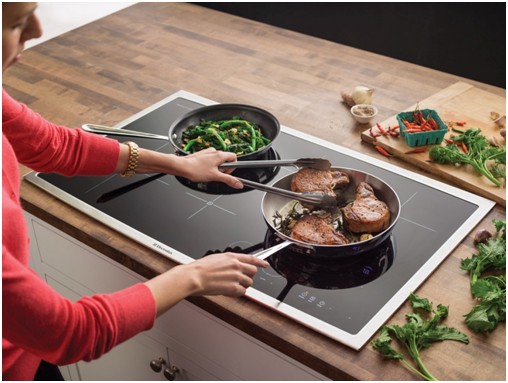It’s a fact backed by medical science, nutrition specialists, and cooking experts, that, induction cooking creates great tasting meals without losing important vitamins, minerals and enzymes. This, however, requires knowledge on how to correctly use the right induction cooktop temperature. So it’s important, especially for beginners, to have an induction cooking temperature guide handy.
Better health begins with exercise and food. While you can do away with an hour or two of running on a treadmill, one way of ensuring nutrition is by cooking your food right– with induction cooking.
Induction Cooking At A Glance
From cooking food at precise temperatures below the boiling point and encased in a so-called vapor seal, induction cooking has paved the way for more nutritious food on the table for homes and families across the globe. Though easy and efficient, this cooking method requires precision control in terms of temperature to guarantee to preserve taste, vitamins, minerals, and enzymes in food. It is important to note that induction cooking is an entirely different specie when it comes to heating up your cookware thereby, affecting the cooking time of foods.
Using electromagnetic projection, heat evenly and quickly penetrates pots and pans. Unlike other cooking styles, one doesn’t need to shift the position of a pan while cooking. Simply put it there and heat is distributed evenly to the pan’s surface allowing for a faster cooking time– at the same temperature-programmed prior to cooking. With quick cooking time, so does the need to learn precise induction cooktop temperature control.
Temperature Guide For Induction Cooking
As a rule for newbies, cooking in a lower setting will help one adjust to this style of food preparation.
Use high temperature when dealing with a huge batch of dishes with liquid substance for boiling.
Simmering temperature is also essential when preparing vegetables.
Deep-frying, on the other hand, no longer makes use of extreme heat. Oil for frying is set at low heat and food to be deep-fried be done on medium-low to medium setting.
If you think stir-fried stuff is easy to do, you may find induction cooking challenge. The suggestion is to use medium temperature to prevent overcooking.
Sauteing? Preparing sauces? Thawing food? Use a low temperature to prevent charring your spices to bits.
To give you a more detailed view, this induction cooking temperature chart below offers a glimpse on what temperature and set to use for various food items popularly cooked at home.
[table “10” not found /]
How To Do Induction Cooking Right
This induction cooking temperature guide is but the tip of the iceberg. But even if you know the right temperature, using the right cookware will also hold a huge difference.
Choosing the right kitchen appliances to use on your induction cooktop will not only ensure the efficiency of the induction cooktop temperature control being chosen, but also the taste and nutrition of the food being cooked.
Keep in mind that ferromagnetic kitchen cookware like cast-irons as well as certain stainless steel will best suit your cooktop.
Glass, aluminum and copper are not– but old ones can still be used though with the help of induction discs or a wok trivet.
All in all, learning what temperature to choose and what cookware to use will guarantee the efficacy of the cooking induction style.
